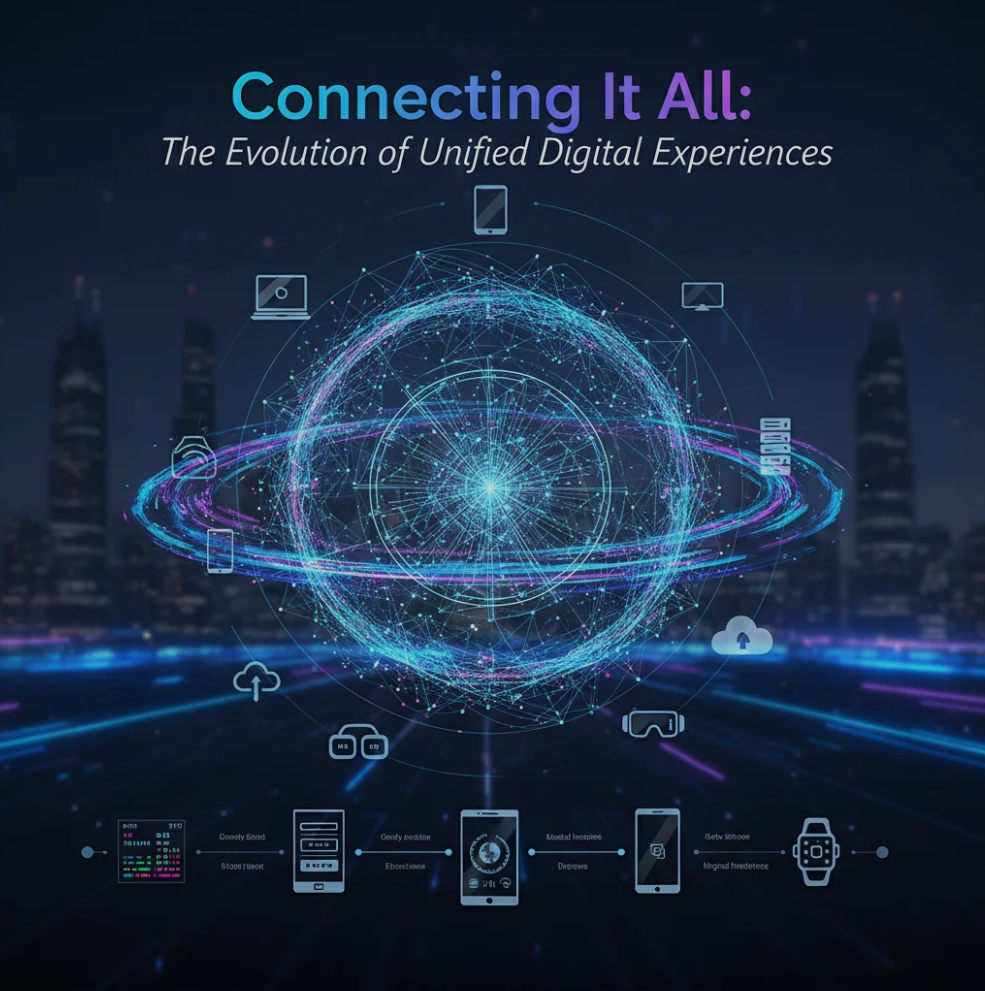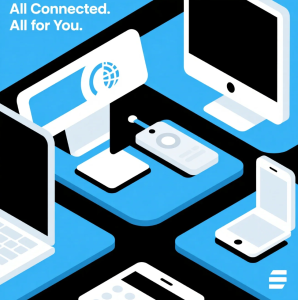In today’s fast-paced digital world, customers expect more than convenience — they expect consistency and connection.
That’s why businesses around the globe are embracing unified digital experiences, creating seamless journeys that connect every interaction, device, and platform.
From mobile apps to e-commerce and customer support, the digital experience has become a single, integrated ecosystem designed around the user.
🔗 1. What Are Unified Digital Experiences?
Unified digital experiences bring together design, data, and technology into one cohesive system.
Instead of treating websites, apps, and social channels as separate entities, they function as connected parts of a single brand story.
This approach ensures that whether a customer shops online, chats with support, or uses a mobile app, every touchpoint feels personal, familiar, and consistent.
“The best digital experiences don’t feel separate — they feel like one continuous conversation,” says a UX strategist at a leading tech firm.
⚙️ 2. How Technology Enables Seamless Integration
Modern innovations such as APIs, AI, and cloud computing make these unified experiences possible.
By connecting systems behind the scenes, companies can deliver real-time personalization and smarter automation.
For example, an AI-driven platform can track user behavior across channels and instantly adapt content, offers, or services — creating a dynamic, connected journey that evolves with the user.
💬 3. The Human Element Behind the Technology
While technology is the backbone, empathy and understanding drive great experiences.
Unified digital design starts by mapping the customer journey, identifying pain points, and designing solutions that meet real-world needs.
It’s this blend of human insight and digital intelligence that transforms interfaces into meaningful interactions.
📱 4. Multi-Device, One Experience
As users shift between smartphones, tablets, and desktops, consistency becomes key.
Unified systems allow brands to maintain the same design language, tone, and functionality across every screen.
Whether scrolling through a product catalog or booking a service online, users experience the same brand identity — smooth, intuitive, and recognizable anywhere.
🌐 5. The Business Impact of Going Unified
Companies investing in unified digital experiences see measurable results:
- Higher customer retention and loyalty
- Stronger brand recognition
- Improved operational efficiency
- Greater data-driven insights
In short, a unified experience is not just good design — it’s good strategy.
🔮 6. The Future: Connected Ecosystems and Smart Personalization
The next evolution of unified digital experiences lies in AI-powered ecosystems that adapt instantly to user behavior.
Imagine platforms that anticipate your needs, bridge physical and digital environments, and deliver content uniquely suited to every individual.
As businesses continue connecting data, devices, and design, the line between digital interaction and real-life experience will continue to blur.
🌟 Conclusion: Building a Connected Tomorrow
The evolution of unified digital experiences marks a turning point in how we engage with technology.
It’s about breaking silos, bridging channels, and creating meaningful connections that last.
In a world where users demand speed, simplicity, and personalization, businesses that master unified experiences aren’t just keeping up — they’re leading the future of digital connection.




